- About us
- Support the Gallery
- Venue hire
- Publications
- Research library
- Organisation chart
- Employment
- Contact us
- Make a booking
- Onsite programs
- Online programs
- School visit information
- Learning resources
- Little Darlings
- Professional learning
Charles Blackman OBE (1928-2018), artist, was brought up by a single mother, left school early and worked for the Sydney Sun while studying by night at the East Sydney Technical College. After a few years’ drifting between Sydney and Brisbane, picking fruit to make a living, he connected with Barbara Patterson, a poet, who introduced him to literature. They moved to Melbourne, and married in 1951. She was legally blind; supported by her pension, and her earnings from modelling for artists, Blackman began to paint in earnest. With the support of art patrons John and Sunday Reed, he began to produce his signature series of paintings, incorporating schoolgirls with flowers, and Alice in Wonderland scenes with Barbara as his muse. The chase is one of several self portraits Blackman painted in Melbourne in the early 1950s, when he was working in the couple’s humble home alone. Felicity St John Moore, an authority on the artist’s work, describes the painting’s imagery of living and dead flowers as an ‘either-or choice between creation and spiritual death’, observing that the idea of clear choices facing a person at the moment of loss of adolescence – common to both Rimbaud and Gide – reflects Blackman’s intense interest in French literature at this time. Blackman and John Brack were amongst the seven artists who showed in the watershed ‘Antipodeans’ exhibition in Melbourne in 1959, asserting the importance of the figure in art in defiance of advancing American abstract expressionism. Having lived in London and Paris for some years in the 1960s, and separating civilly from Barbara in the late 1970s, Blackman proceeded to series of paintings of cats and gardens, becoming one of very few Australian artists to live to see one of his paintings sell for more than a million dollars.
Collection: National Portrait Gallery
Gift of Rob and Paula McLean 2011
Donated through the Australian Government's Cultural Gifts Program
© Charles Blackman/Copyright Agency, 2024
Charles Blackman OBE (age 24 in 1952)
Robert and Paula McLean (1 portrait)



On one level The Companion talks about the most famous and frontline Australians, but on another it tells us about ourselves.
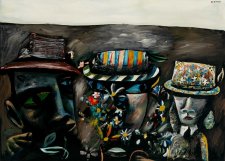
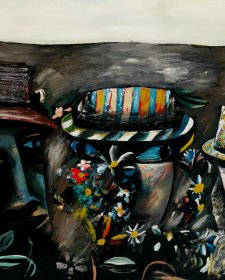
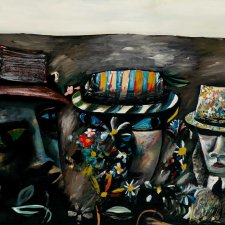
Dr. Sarah Engledow explores the context surrounding Charles Blackman's portrait of Judith Wright, Jack McKinney and their daughter Meredith.
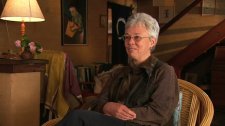
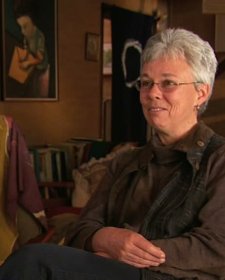
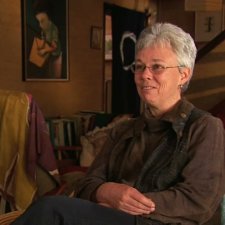
Meredith McKinney, subject of Charles Blackman's 'The Family', recounts memories from her childhood and the creation of the portrait.